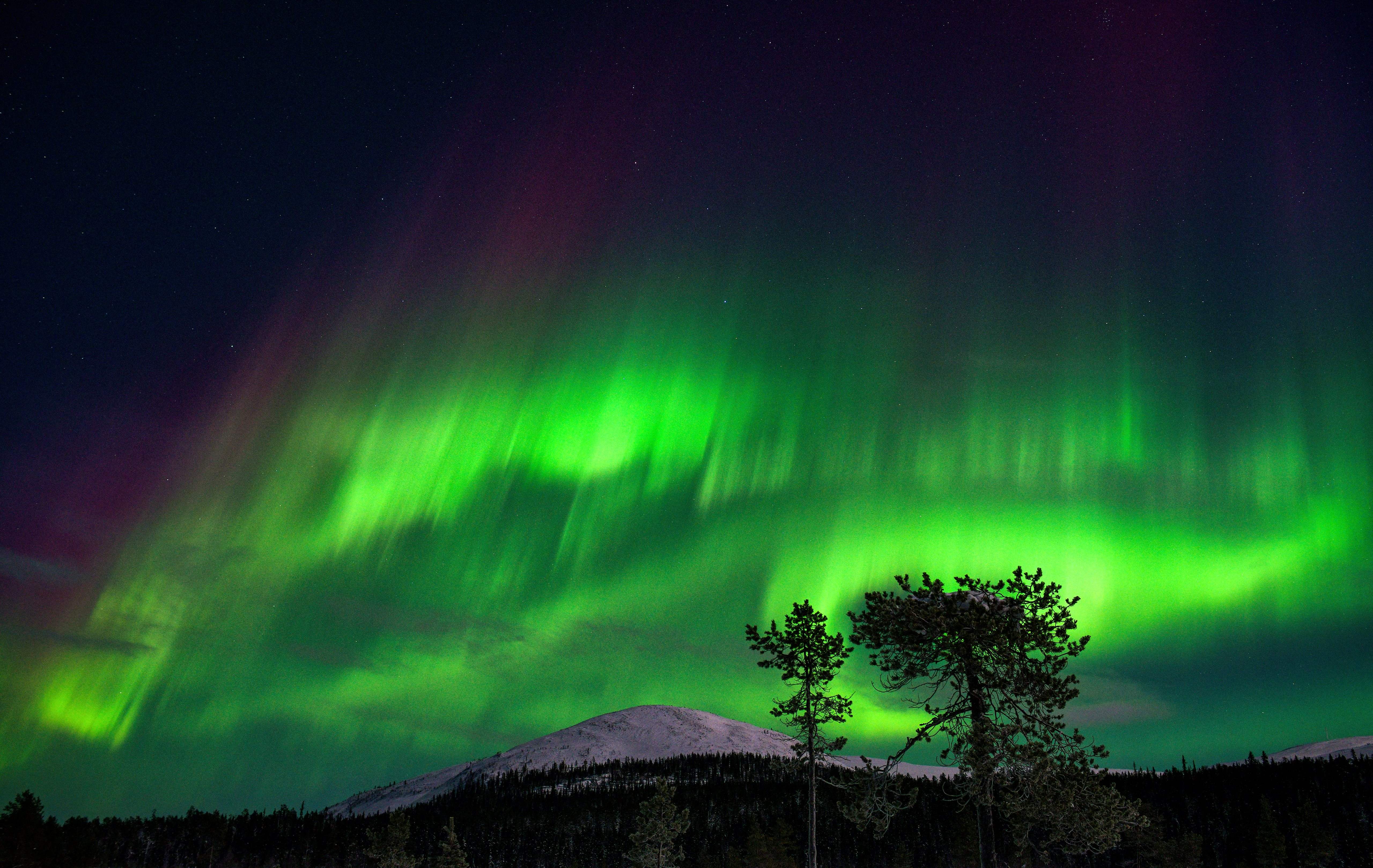When does the fall season officially begin? It all starts with the autumnal equinox this weekend.
The fall equinox will mark the start of the season on September 22. But what time will it happen?
The season is typically met with a shift in sunset times, temperatures, foliage and more.
Here's what to know about the new season:
When is the first day of fall?
Fall officially begins at 7:44 a.m. CT on Sept. 22, 2024.
According to the Farmer's Almanac, that's when the astronomical event that marks the start of autumn will take place. In the Northern Hemisphere, the autumnal equinox occurs in September; in the Southern Hemisphere, it occurs in March.
Local
What is the autumnal equinox?
Also known as the fall equinox or the September equinox, the autumnal equinox marks the halfway point between summer and winter -- also known as fall.
Feeling out of the loop? We'll catch you up on the Chicago news you need to know. Sign up for the weekly Chicago Catch-Up newsletter.
As the Earth travels around the sun, it does so at an angle.
For most of the year, the Earth’s axis is tilted either toward or away from the sun. That means the sun’s warmth and light fall unequally on the northern and southern halves of the planet.
When the Northern Hemisphere is tilted toward the sun, that's called the summer solstice. This marks the first day of summer in the North and the first day of winter in the South.
One hundred and eighty days later, when the Southern Hemisphere is tilted toward the sun, it is called the winter solstice. This marks the first day of winter in the North and the first day of summer in the South.
The halfway points between solstices are the autumnal and vernal equinoxes. The word equinox comes from two Latin words meaning equal and night. That’s because on the equinox, day and night last almost the same amount of time — though one may get a few extra minutes, depending on where you are on the planet. This provides approximately 12 hours of day, followed by 12 hours of night.
‘Chicagohenge' also arrives this weekend
One of Chicago’s most photographed images will make its return this weekend, as “Chicagohenge” will arrive to delight residents and tourists alike.
The event coincides with the fall equinox, and will provide spectacular images for photographers hoping to catch a glimpse of the phenomenon.
According to scientists at the Adler Planetarium, this year’s “Chicagohenge” will be visible on Sunday and Monday, with views at sunrise when facing to the east and at sunset when facing west.
Some popular spots for the phenomenon include the intersections between Kinzie Street and Madison Street, with views looking down Randolph Street just north of Millennium Park serving as one of the most popular destinations for those looking for the perfect photograph of the view.
When will the leaves change?
While some leaves may already show signs of changing, when can you expect the height of fall foliage?
"We still have a little ways to go," said NBC 5 Storm Team Meteorologist Kevin Jeanes.
Once October arrives, colors are expected to begin changing across much of the Midwest.
"That's really the month that we're talking about whenever the leaves begin to change color around here," Jeanes said.
By Oct. 15, noticeable changes are expected in the Chicago area.
How soon will temperatures drop?
When should we prepare for the real “fall feel”?
Jeanes looked back at the last 10 years to see when we had the first stretch of three days or more of chilly days, 61 degrees or colder.
The stretch of sweater weather began on the dates below:
2023: Oct. 7
2022: Oct. 13
2021: Oct. 22
2020: Oct. 1
2019: Oct. 12
2018: Sept. 28
2017: Oct. 23
2016: Oct. 20
2015: Sept. 30
2014: Sept. 11
10-YEAR AVERAGE: Oct. 11
Even in years when we’ve had an early cold-snap in September, highs can still reach 80 degrees again in October.
In fact our final 80-degree day of the year averages out to Oct. 5.
What about daylight saving time?
Currently, Illinois and several states across the U.S. are in daylight saving time, which began in spring. But that will soon come to an end as clocks "fall back" this season, giving residents a coveted extra hour of sleep.
But when does that happen?
The federal government mandates clocks roll back on the first Sunday of November each year. In 2024, that falls on Nov. 3.
Daylight saving time is a changing of the clocks that typically begins in spring and ends in fall. Under the conditions of the Energy Policy Act of 2005, daylight saving time starts on the second Sunday in March and ends on the first Sunday in November. On those days, clocks either shift forward or backward one hour.
How early will sunsets get?
You may have noticed: the days are getting shorter, and the sun is setting earlier. Already, Chicago has seen its final 7 p.m. sunset of the year, which fell on Sept. 15.
By Sept. 30, the sun will set at 6:32 p.m.
In the lead-up to daylight saving time, sunsets will slowly inch earlier, with the sun eventually setting at 4:41 p.m. as DST wraps up.
By the end of November, the skies will see a sunset as early as 4:30 p.m.



